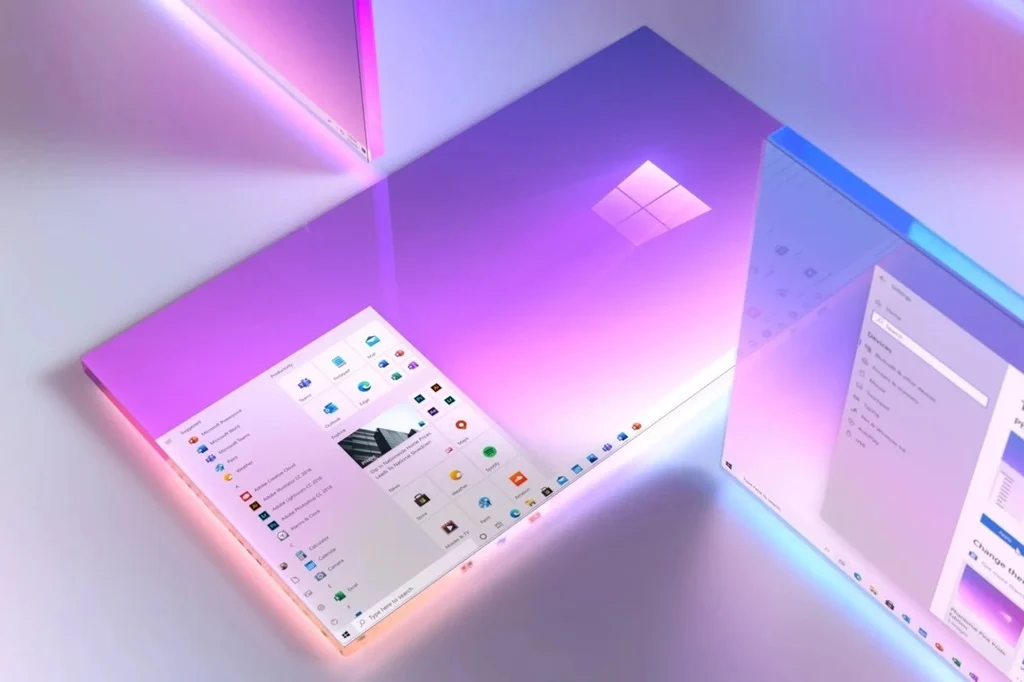Everything seems to indicate that we will see a new version of Windows before the end of the month since, following tradition, it will hit the market before October.
And although Microsoft had announced at the time that Windows 10 was the last version of Windows in history, the truth is that a lot has changed since 2015, when that version arrived on the market:
- The definition of “computer” is becoming broader and includes different form-factors ,
- The promise of Cloud First, Mobile First that Satya Nadella made us at the time has been fulfilled but now it is mixed with the importance of running certain in-device processes for privacy issues,
- Touchscreens proliferate and now we see foldable and roll-up versions of them,
- We had been excited with more than one dual-screen model that we do not know if it will survive the cancellation of Windows 10x, and
- Android is stronger than ever but it is no longer a threat but a complement.
So it is time for Microsoft to take Windows into the future, to prepare it for the next 5 years in which we will see a much higher level of change than the last 15. The problem is that Microsoft faces a silent enemy. To an enemy who does not want change. That clings to the status quo, to what “has been” and how it is today.
So it is time for Microsoft to take Windows into the future, to prepare it for the next 5 years in which we will see a much higher level of change than the last 15. The problem is that Microsoft faces a silent enemy. To an enemy who does not want change. That clings to the status quo, to what “has been” and how it is today.
THE PROBLEM IS THAT MICROSOFT FACES ITS OWN USERS
- Those users who use what they use and do not want to learn how to use anything different.
- Those users who when Microsoft changed the home button several years ago, boycotted and tantrums and cried and complained and ripped their clothes until Microsoft gave them back.
- Those users who destined Cortana (and its great integrations) to death for lack of use.
- Those users who, if they still could, would continue to run Windows XP (did you know that today there are still close to 40 million PCs that still run XP?).
- That platform administrator who does not even update the Office of the Bank employees from Office 2007 “for security reasons.”
- That support engineer who does not want to have to study and learn again and who therefore convinces his bosses that “the new versions are not so stable”
- And those millions of users who do not live technology but use it because it is their turn and therefore the less they move, the better.
So Microsoft ends up being that juggler who has to please everyone: the one who at the same time has to protect its leadership position in the world of corporate technology (having lost the battle of mobile computing due to its stubbornness and lack of vision. ), the one that has the attributes and the mindset to take its users into the future and the one that has to take care of the installed base of users who (a) do not want to move, (b) cannot move, or (c) if they force him to move he goes to another completely different side.
Who will like it? How much will the burden of “traditional” users weigh? Will Microsoft be ready to fight? We will find out next week.
